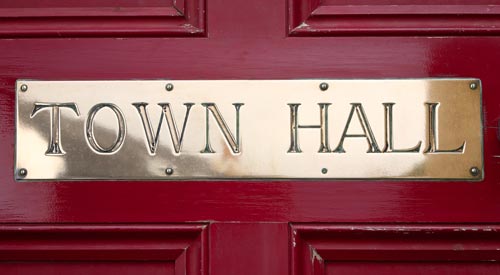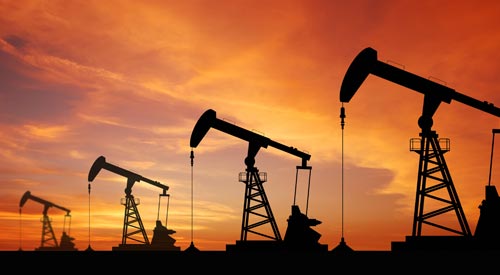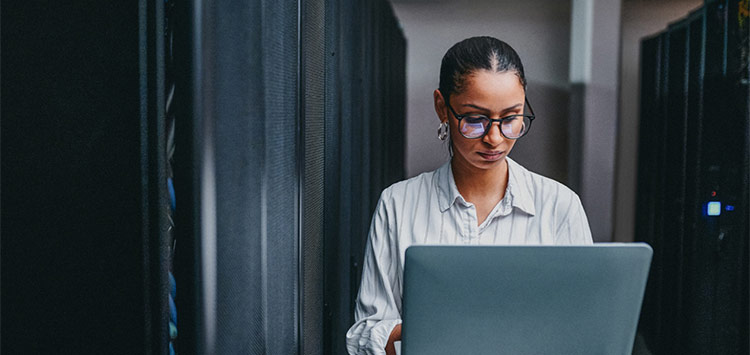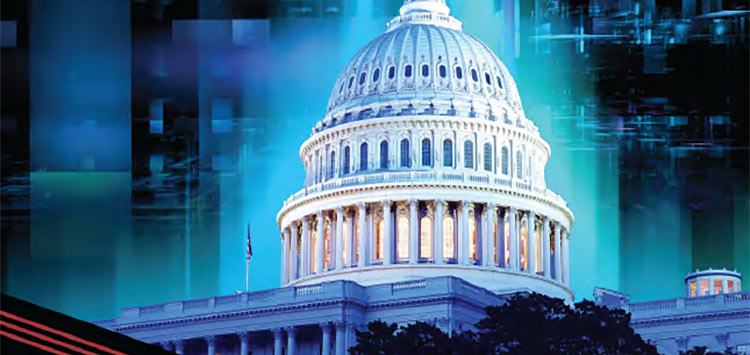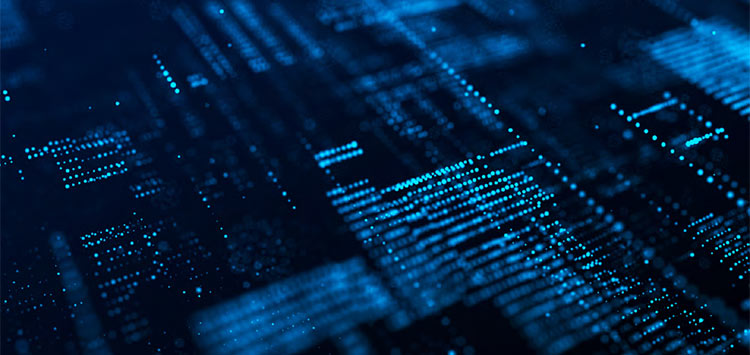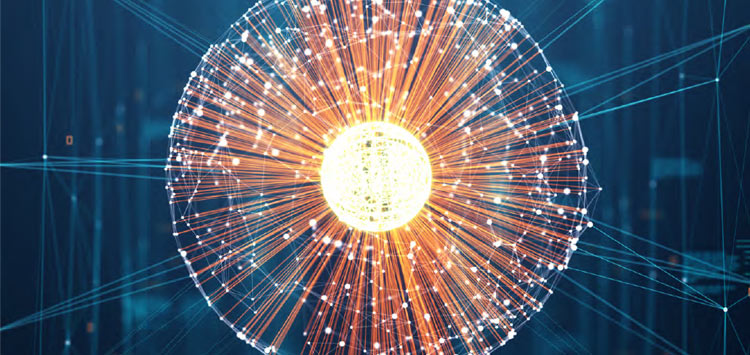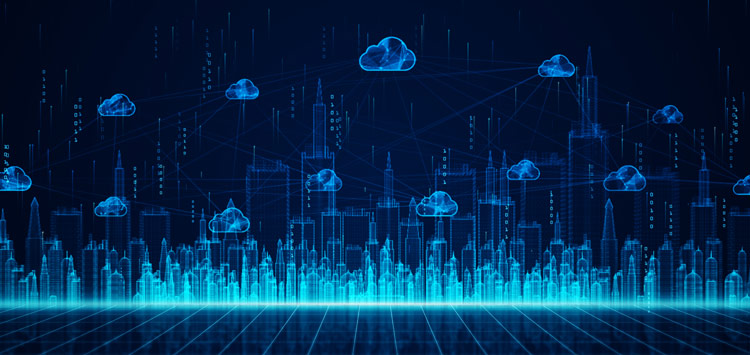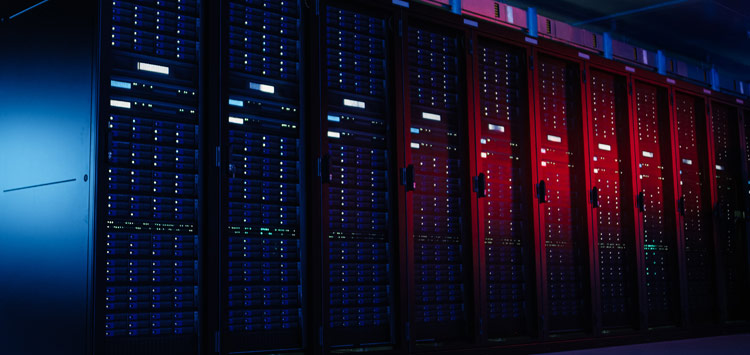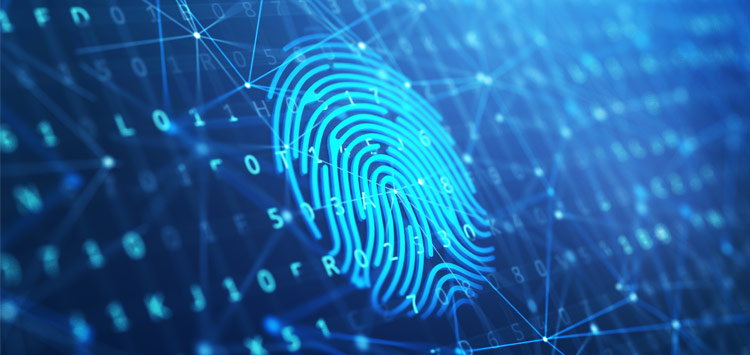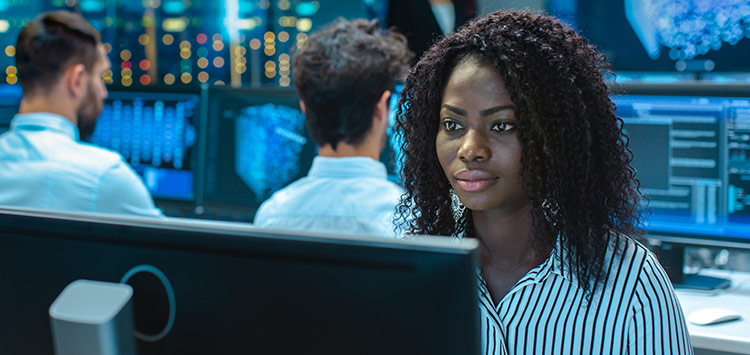Why Puerto Rico's Electric Grid Stood No Chance Against Maria
FiveThirtyEight: More than two weeks after Hurricane Maria crashed into Puerto Rico on Sept. 20, Allan Rivera had still not had a full night’s sleep. “Every three hours … I get up and do some maintenance on the generator,” he told me. His wife — who has multiple sclerosis — relies on air conditioning to help minimize her symptoms, but Toa Baja, the town where he lives on the island’s north coast, was still without electricity. That meant Rivera had to keep a gasoline-powered generator running 24 hours a day, seven days a week.
This is a cruel irony for Rivera, the president of a Puerto Rican organization that advocates for renewable energy. And it’s a situation that he and many other Puerto Ricans are likely to be stuck with for some time. Maria knocked out all of the island’s electricity. As of Friday, only 9 percent of Puerto Ricans had gotten it back. But that number isn’t stable — over the course of the week it went from 16 percent, to 10, and back up to 17 percent before falling. Two days after the storm, experts on the island said it could take four to six months to restore service. Rivera told me he was hearing that it could be eight months to a year before the whole island — big cities, small towns and rural countryside — is electrified again.
Tags
Share
Top Stories
- Energy Department wants national labs to drive regional innovation
- How solar surge saved Europe from the energy crisis
- Study: Puerto Rico should go solar to meet clean energy goal
- The Federal Government Can Use Its Buying Power to Help the Environment and Save Taxpayers Money
- EVs, Building Emissions Among Biden’s Sustainable Energy Priorities
- Deploying Clean Energy Tech Depends on Cost Efficiency, Officials Say
- National Labs to Receive $1.5B Funding Boost
- Solar, telecom rollouts offer lessons for mass EV charging station deployments
- EPA to strengthen proposed rule on methane emissions from oil, gas
- Getting to ‘Net-zero’ Emissions: How Energy Leaders Envision Countering Climate Change in the Future
- Tech Wanted: Government Calls on Industry to Help with Net-Zero Carbon Buildings
- EPA Calls Out Environmental Racism in Louisiana’s Cancer Alley
- Hawaii to U.S. Navy: Quit Polluting Our Waters
- Climate-Based Trainings and Performance Plans Are Coming for Federal Employees
- Infrastructure permitting reform plan blocked in Senate
- Hydro-Québec’s radical but careful digital transformation could be a model for utilities everywhere
i360Gov Newsletters
The most significant government policy, business, and technology news and analysis delivered to your inbox.
Subscribe NowTrending
- Solar, telecom rollouts offer lessons for mass EV charging station deployments
- Tech Wanted: Government Calls on Industry to Help with Net-Zero Carbon Buildings
- Energy Asks for New R&D in Critical Materials for Clean Energy
- Hydro-Québec’s radical but careful digital transformation could be a model for utilities everywhere
- California sets ‘ambitious’ offshore wind goal of up to 5 GW by 2030
- TSA revises cyber rules for pipelines
- Energy Awards Over $540 Million for Green Tech Research
- National Labs to Receive $1.5B Funding Boost




